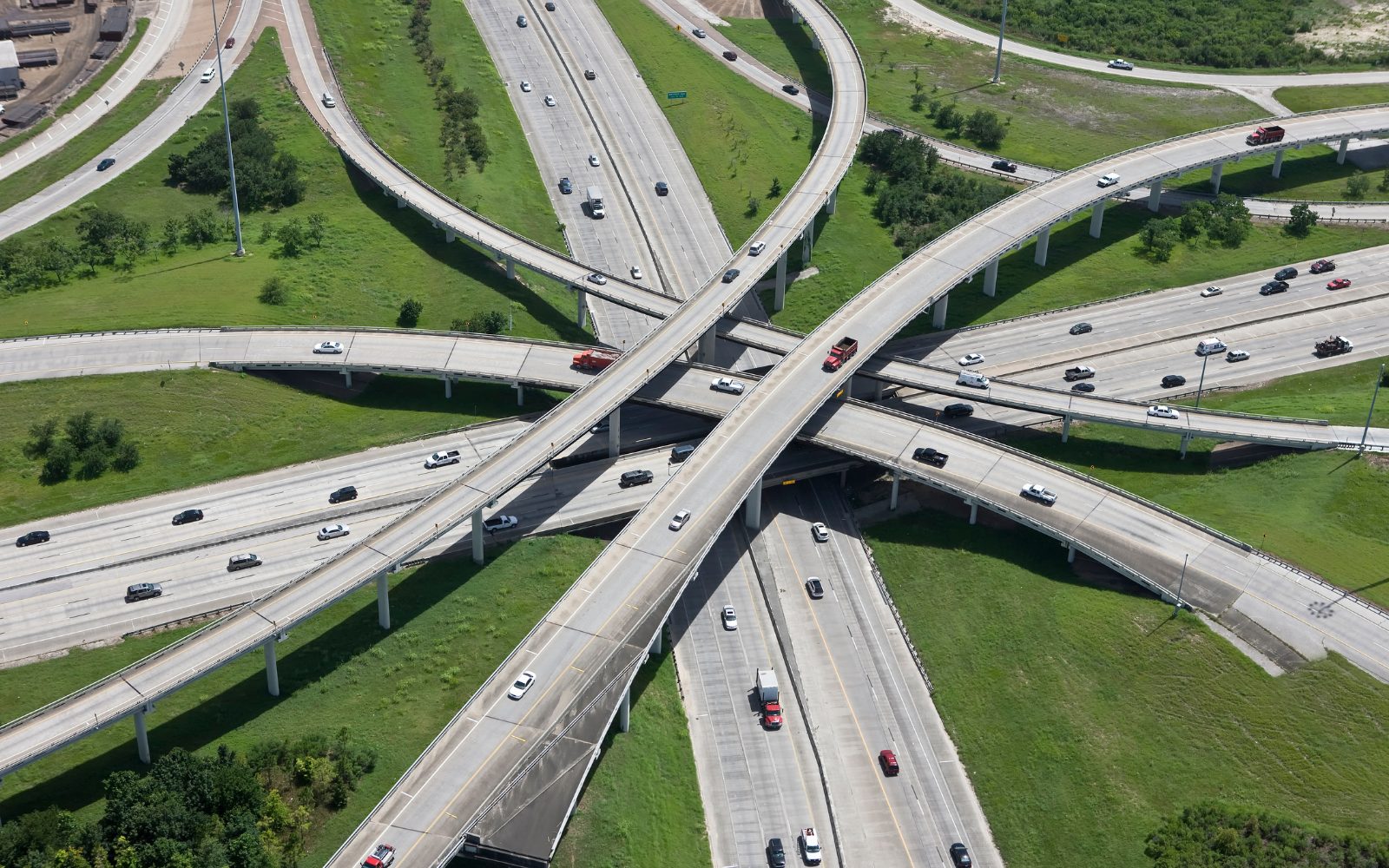By Nadia Todorova
Last year was a big year for infrastructure development in Ontario. In the GTA, the Ford government broke ground on constructing the Ontario Line, advanced to the tendering phase to build the Bradford Bypass, and enacted legislative reforms to make it easier to build housing in the province. Building upon this in 2024 will be critical if the province is to resolve long standing challenges.
One project noticeably absent from Infrastructure Ontario’s year-end Market Update was Highway 413. While funding has been allocated for land acquisition along the proposed route, the federal government’s regulatory overreach has mixed more politics than cement for the expansion of needed transportation infrastructure in the western GTA. The result, a regulatory filibuster by the federal government that serves to increase economic costs and degrade quality of life in Ontario.
The Supreme Court tangentially weighed in on the matter last fall, declaring the federal environmental impact assessment to be unconstitutional, overstepping into provincial jurisdiction. While that case was specifically related to natural resource projects in western Canada, the Government of Ontario has since launched subsequent legal action to have the decision applied to Highway 413.
The GTA is the fastest growing region in North America, expected to increase from 10 to 14.9 million people by 2051. With all the opportunity that comes from a growing region, building critical transportation infrastructure to keep people and goods moving is a challenge that must be met.
Congestion already is costing the region’s economy $11 billion annually, and that choking effect will get worse unless transportation infrastructure of all types is expanded to meet the demands of a growing region. Businesses cite gridlock and long commutes as negative impacts on bottom lines and their ability to attract and keep the best talent.
The Government of Ontario’s long-term transportation plan for the Greater Golden Horseshoe brings a focus to integrated transportation planning. Building the GTA West Transit Corridor, including Highway 413, is crucial for the province’s economy and quality of life, especially in the western GTA.
Building today will see Highway 413 complete with carpool infrastructure, electric vehicle chargers, and technology to enable automated vehicles. The corridor includes plans for a dedicated transitway for bus or LRT public transit for the region. It will shorten commutes and bring greater connectivity to move about for business and leisure.
If you listened to project opponents however, one would be left thinking Ontario still operates under a regulatory framework from the early days of the industrial revolution. Nothing could be further from the truth.
Opposition to transformational infrastructure has always been present – the Toronto to Fort Erie highway, now known as the Queen Elizabeth Way, the Toronto to Hamilton Highway, the Toronto to Windsor Highway, and Highway 407, all faced objections. From calling these roads “unnecessary” to being a “nuisance” that would “not be to the benefit of the public” and damage the environment, there have always been people that seek to halt development in one of the most dynamic urban regions on the continent.
As we have seen with Highway 413, there are again those that would rather than constructively contribute to the public debate on how to best grow the region with the needed critical infrastructure, simply offer up a recipe to halt development and exacerbate existing challenges.
Building in Ontario in 2024 is one of the most advanced engineering jurisdictions on the planet, with highly sophisticated technical and environmental considerations. This facilitates the development of critical transportation infrastructure in a growing region while protecting our environment, including species in and around our waterways.
Modern engineering and evolving regulatory oversight put environmental sustainability and wildlife protection at the core of design and construction. Our industry has successfully dealt with such issues before. During a major expansion of Highway 401 from Mississauga to Milton, four species at risk were identified within the project boundaries, including redside dace. Measures were taken to protect the fish and work was only allowed during certain times near watercourse areas. Wildlife crossings were also installed along the route.
Highway 413 will bring desperately needed transportation infrastructure to an already congested corner of the GTA. It will unlock additional lands for housing development and see the supporting transit, water, and community infrastructure to complement it. That is responsible development that harnesses the capabilities in Ontario today and responsibly builds Ontario for tomorrow.
For 2024, the Government of Ontario needs to overcome these challenges and substantially advance Highway 413. They have shown it can be done with the Ontario Line and other key transformational infrastructure projects in the province. Highway 413 is a critical component to integrated transportation planning for the entire region. The impact will be far greater than the sum of its parts.
Nadia Todorova is Executive Director of the Residential and Civil Construction Alliance of Ontario (RCCAO).












